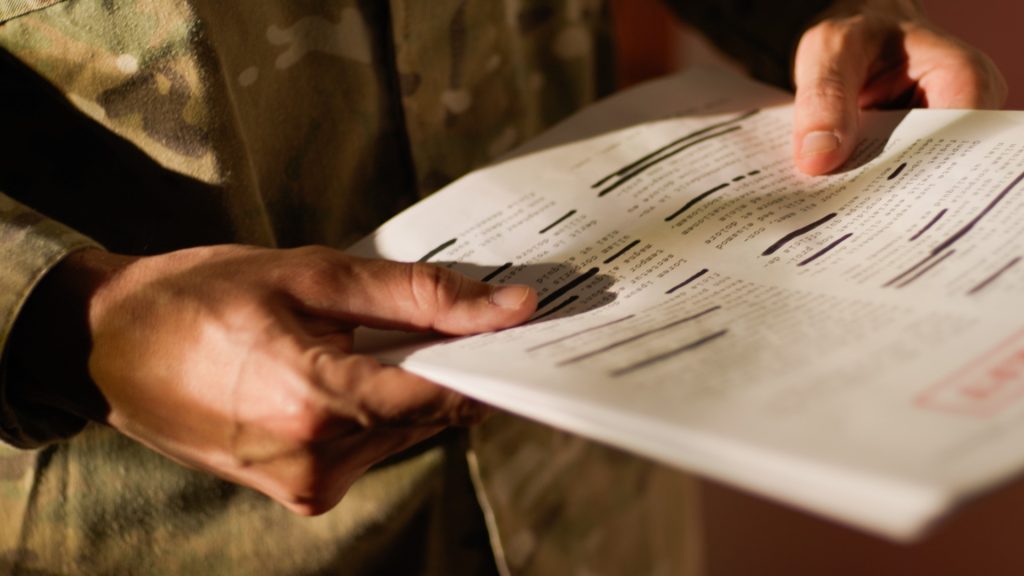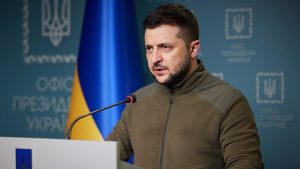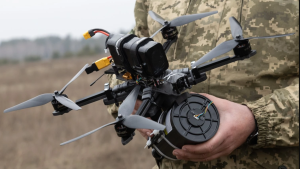Former Ukrainian army chief reveals how a joint command center in Germany shaped operations against Russia
Others are reading now
While headlines often focus on front-line developments in Ukraine, a lesser-known facet of the war effort has played a decisive role behind the scenes.
At the center of this effort lies a joint U.S.-Ukrainian headquarters in Wiesbaden, Germany—described by Ukraine’s former army chief as a “secret weapon” in the ongoing fight against Russian aggression.
Strategic Nerve Center in Wiesbaden
In a recent Facebook post, former commander of the Ukrainian Armed Forces and current ambassador to the UK, Valery Zaluzhny, confirmed the existence and importance of the Wiesbaden command center.
As reported by HotNews.ro, this facility became operational in the summer of 2022 and was designed to plan offensive operations, conduct war simulations, and coordinate arms supply logistics with Western allies.
Also read
Initially set up as a coordination center in Stuttgart under U.S. European Command, the hub moved to Wiesbaden and evolved into a joint operational headquarters.
Its mission expanded to include assessing Ukraine’s frontline needs and ensuring that weapons requests were grounded in real-time military planning.
Deep U.S. Involvement
Zaluzhny emphasized that the idea for such a center was brought to life with significant backing from the United Kingdom.
The Wiesbaden HQ soon began communicating strategic requirements to Washington and NATO capitals, shaping not only Ukraine’s battlefield tactics but also the flow of Western aid.
A recent New York Times report cited by HotNews.ro further revealed the extent of U.S. involvement, noting that American officials were deeply embedded in Ukraine’s military operations.
From target selection to the timing of attacks, the U.S. played a greater advisory role than previously disclosed.
Hurdles Along the Way
Despite these efforts, Zaluzhny acknowledged that some operations—like the high-profile Ukrainian counteroffensive in 2023—fell short due to personnel shortages and trust issues within Kiev’s command structure.
Nevertheless, the establishment of a high-level planning hub marks a turning point in how modern coalition warfare is coordinated, underscoring the critical interplay between field commanders and remote strategic planners.
As the war continues, the lessons from Wiesbaden may prove to be just as consequential as those from the front lines.








